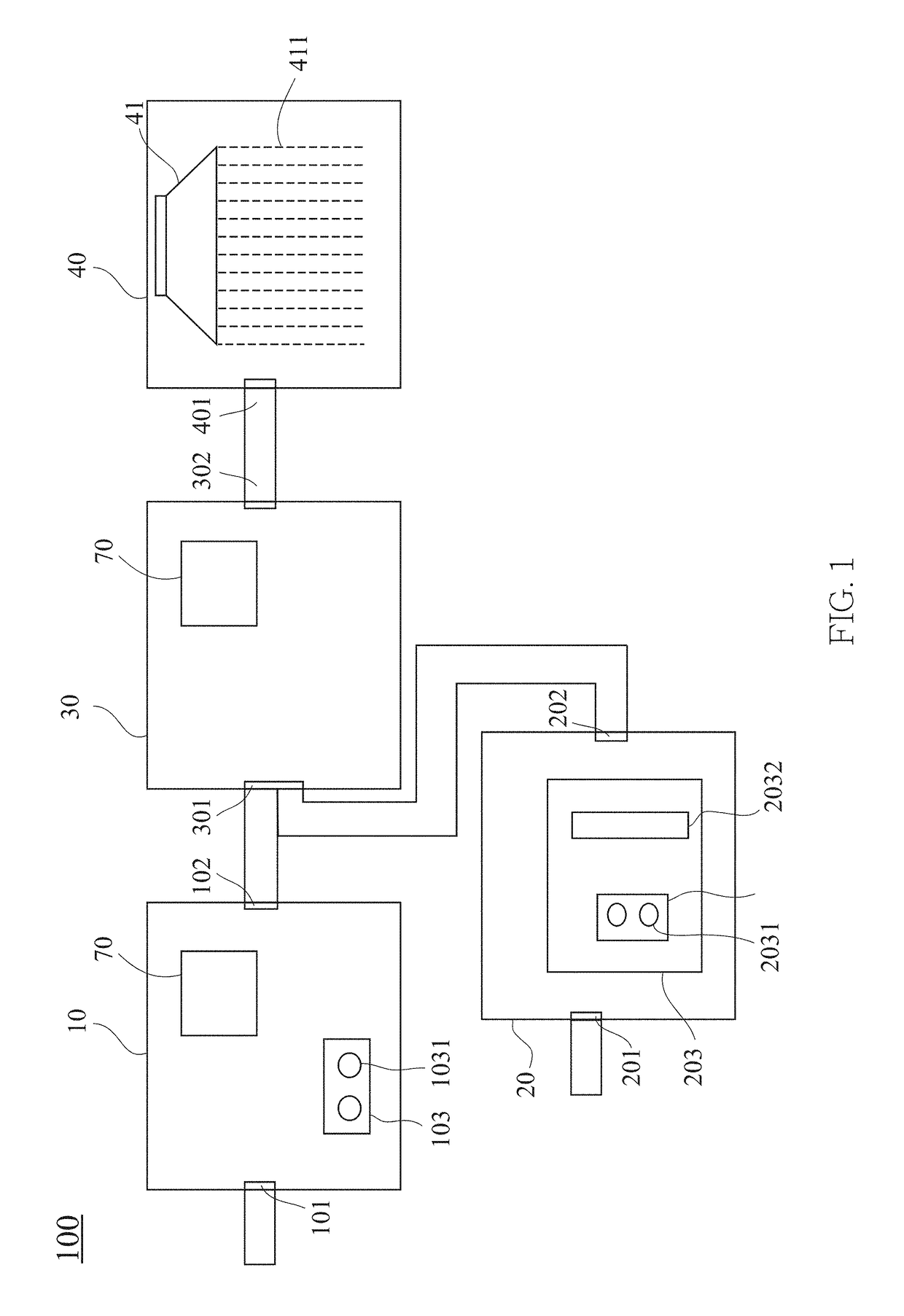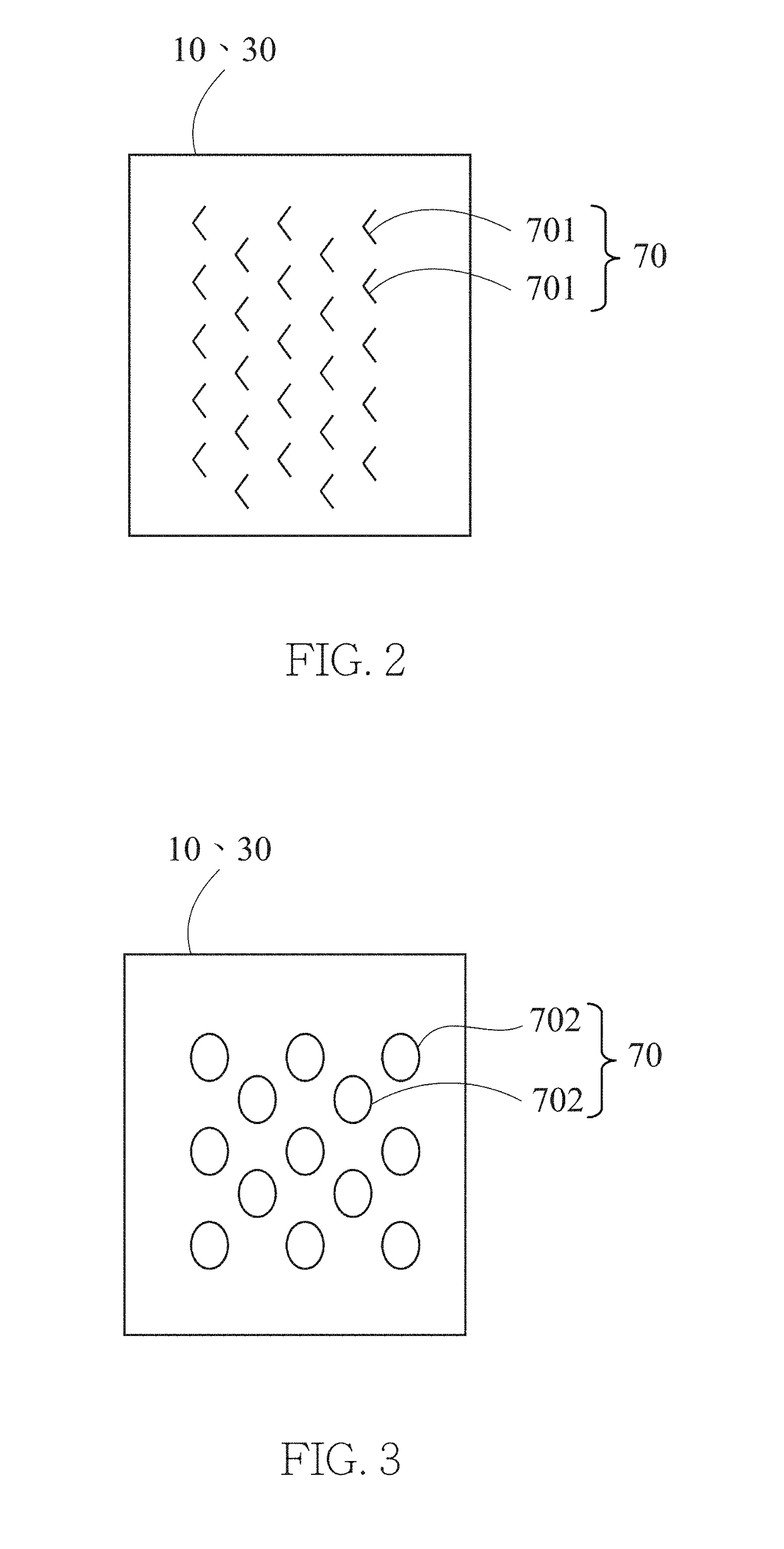Method of treating gas and gas treatment device
a gas treatment device and gas treatment technology, applied in the direction of chemistry apparatus and processes, separation processes, dispersed particle separation, etc., can solve the problems of secondary pollution, high cost of fuel, electricity and electrode dissipation, disadvantage and ineffectiveness of techniques
- Summary
- Abstract
- Description
- Claims
- Application Information
AI Technical Summary
Benefits of technology
Problems solved by technology
Method used
Image
Examples
Embodiment Construction
[0019]The present invention discloses a gas treatment method and a gas treatment device, wherein related basic principles, such as redox reactions of an intended gas, are well-known among persons skilled in the art and thus are not fully described below. The accompanying drawings, which depict structures related to the technical features of the present invention, are not and need not drawn to scale.
[0020]The present invention provides a gas treatment device 100 for treating a gas comprising a nitrous oxide (N2O). The gas treatment device 100 comprises a plurality of chambers in communication with each other, namely a first chamber 10, a second chamber 20, a third chamber 30 and a fourth chamber 40. Operation of the chambers is described below.
[0021]The first chamber 10 comprises a first inlet 101, a first outlet 102 and a first energy supply system 103. The gas, which comprises noxious gases, enters the first chamber 10 through the first inlet 101. The gas, such as sulfur oxides (SO...
PUM
| Property | Measurement | Unit |
|---|---|---|
| Temperature | aaaaa | aaaaa |
| Wavelength | aaaaa | aaaaa |
| Wavelength | aaaaa | aaaaa |
Abstract
Description
Claims
Application Information
 Login to View More
Login to View More - R&D
- Intellectual Property
- Life Sciences
- Materials
- Tech Scout
- Unparalleled Data Quality
- Higher Quality Content
- 60% Fewer Hallucinations
Browse by: Latest US Patents, China's latest patents, Technical Efficacy Thesaurus, Application Domain, Technology Topic, Popular Technical Reports.
© 2025 PatSnap. All rights reserved.Legal|Privacy policy|Modern Slavery Act Transparency Statement|Sitemap|About US| Contact US: help@patsnap.com



